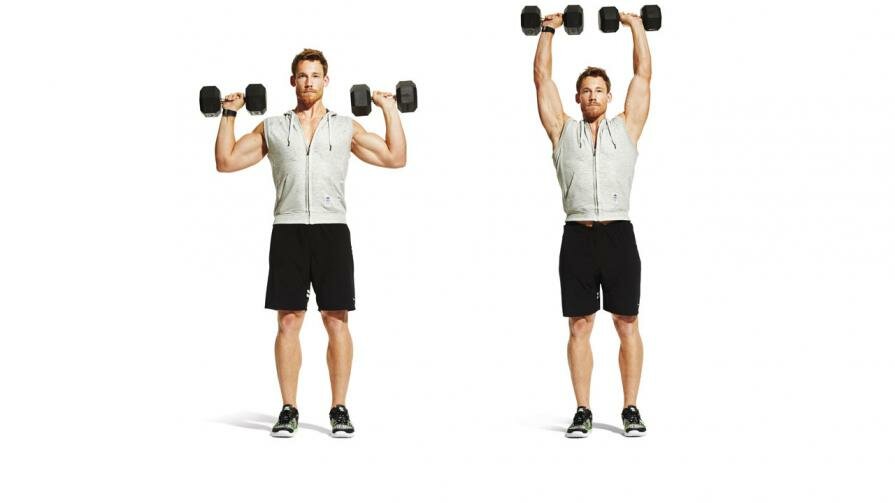The human body is a well-oiled machine, able to adapt to a range of movement patterns. One look at the modern sporting scene reveals the diversity in body types and musculature – all the result of a quest for physical efficiency.
Using modern technology we can determine which exercises are best for different muscle groups. In this, the first of a series devoted to strength training, we will focus on the shoulder muscles: the front, medial and rear deltoid, as well as the trapezius muscles.
Front deltoid
- Seated behind the neck press
- Standing dumbell military press
- Incline press
Medial deltoid
- Band face pull
- Lateral raise
- Cable lateral raise
Rear deltoid
- Band face pull
- Bent over rear delt raise
- Hanging row
Trapezius
- Cable lateral raise
- Barbell shrug
- Seated behind the neck press
Exercises in this group highlight the efficacy of overhead weight work for developing the front deltoids. This makes sense, as the frontal deltoids are associated with pushing movements – acting in concert with the pectorals for horizontal pressing and becoming more prominent as the pressing movement transitions to a vertical press.
The medial (or middle) deltoid is activated less by overhead work and more so through raising the arms from a resting position through to an angle parallel to the shoulder; of interest is the high amount of activation associated with the band face pull, which is traditionally an exercise associated with rear deltoid development.
The rear delts showed the highest activation level for the band face pull. Bands allow for an extended time under tension vs. weighted exercises, due to the increase in elastic tension with extension.
The greatest activation for the trapezius occurred during the cable lateral raise, with barbell shrugs coming second. This goes against traditional gym wisdom which considers shrugs to be the most effective exercise for traps development.
Exercise selection for shoulder development should be considered alongside set and rep schemes. The shoulders consist primarily of slow twitch postural muscles which develop optimally through high rep work. Athletes should consider at least 3 sets per shoulder exercise and should aim for 12+ reps. Reps to failure should also be considered.
- The lateral raise has been a mainstay of bodybuilders for decades.
- The band face pull scored highest for activation of the medial and rear deltoids.
- The cable lateral raise just edged out the barbell shrug for the best trap exercise.
- The seated behind-the-neck press is an excellent shoulder exercise.
- Barbell shrugs build monster traps – and a killer grip.
- The dumbell overhead press recruits the abs to balance the torso during the eccentric movement.
- The incline press places a greater emphasis on the front deltoids than the pectoral muscles.
 Main blog
Main blog

Speak Your Mind